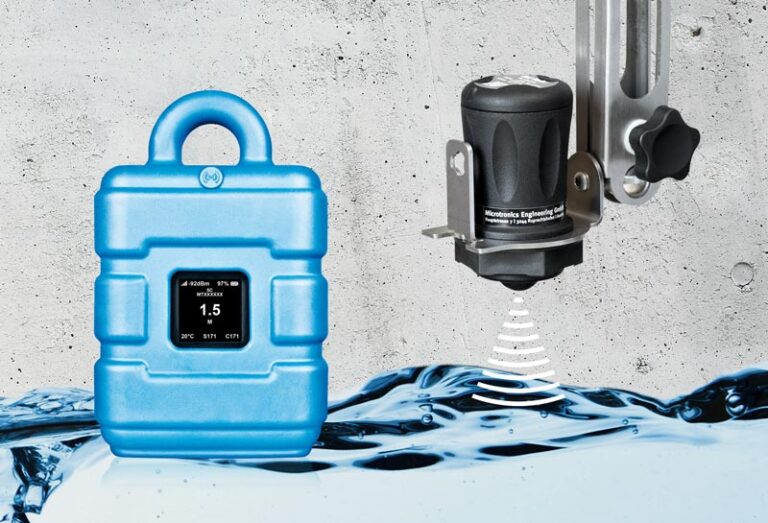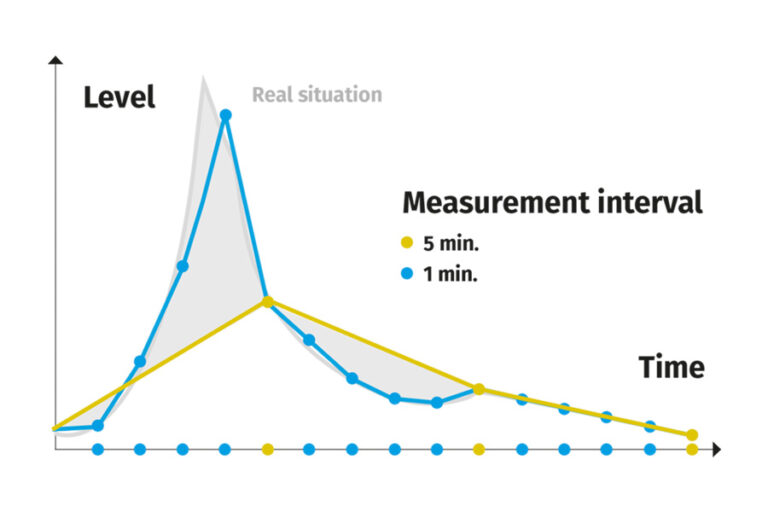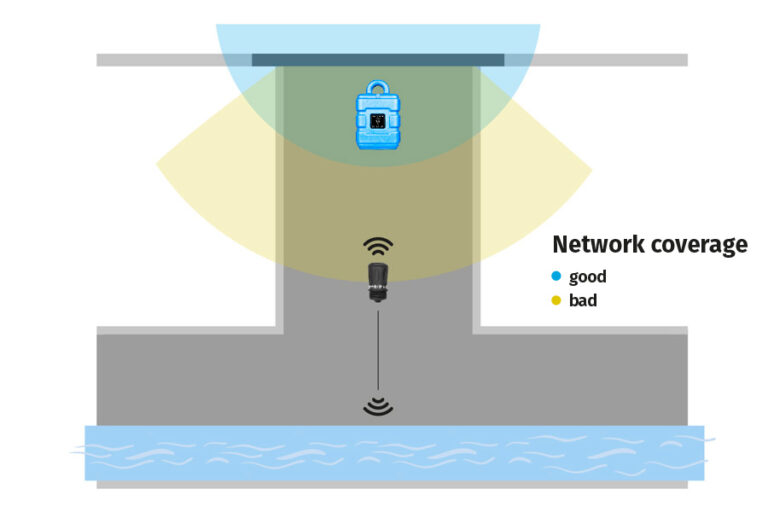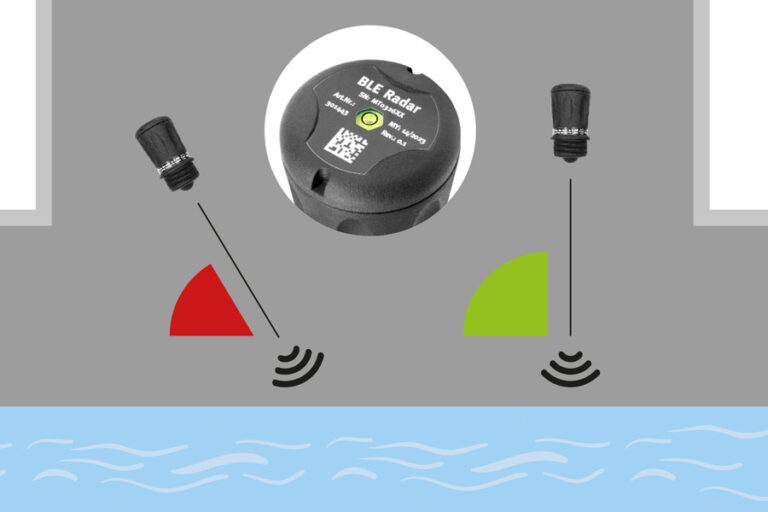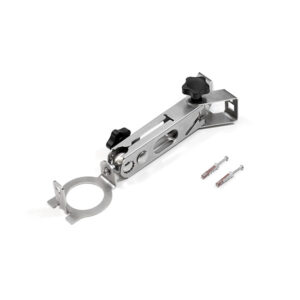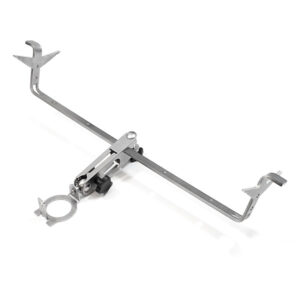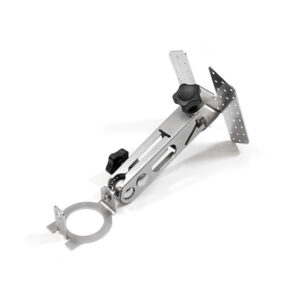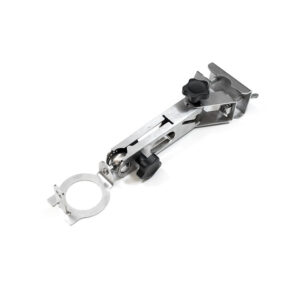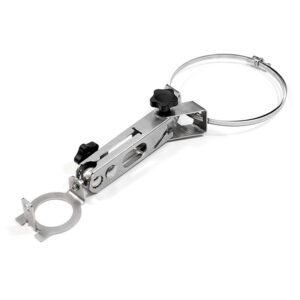Podcast: IoT in the sewer
Join us in the podcast episode “IoT in the sewer” from the rain in the combined sewer, via a rain overflow basin to the river. Find out which measurement values and systems are necessary in the event of heavy rain in the sewer.
In addition, Sabrina and Hans-Peter address the technical challenges that arise when collecting and transmitting data underground.

